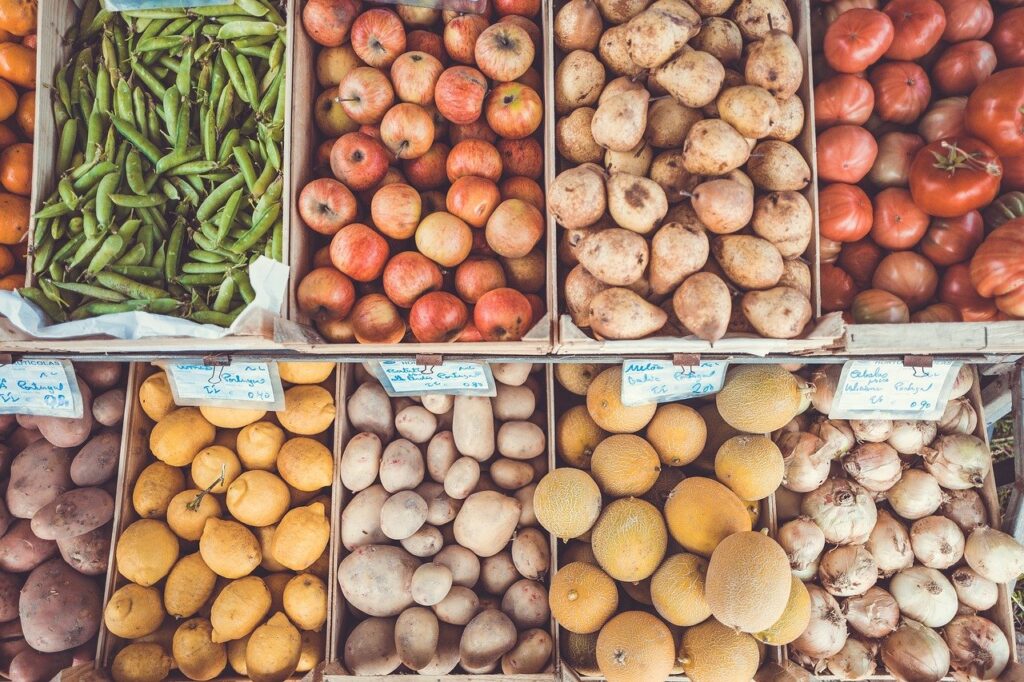The Supplemental Nutrition Assistance Program (SNAP) provides low-income households with electronic benefits that can be used as cash at most grocery stores. SNAP began with the Food Stamp Plan in 1939 to help needy families during the Great Depression. The program expanded dramatically after 1974 when Congress required all states to offer food stamps to low-income households.
Quick Facts:
- The USDA administers SNAP through its Food and Nutrition Services. -SNAP helped put food on the table for 31 million people per month in 2009.
- The average monthly benefit was about $101 per person and about $227 per household in 2008.
- Households can use SNAP benefits to buy foods, such as breads, cereals, fruits, vegetables, seeds and plants, meat and dairy products.
- Households cannot use SNAP benefits to buy beer, wine, liquor, cigarettes, tobacco, any nonfood items or hot foods.
- The average gross monthly income per SNAP household is $673.
- Fifty-two percent of SNAP households include children.
- Forty-nine percent of all participants are children (18 or younger), and 61 percent of them live in single-parent households.
The USDA’s toll-free number for questions on eligibility is 800-221-5689. For more information on SNAP or any of the FNS’s 15 nutrition assistance programs, contact the FNS Communications Staff at 703-305-2286 or [email protected].








